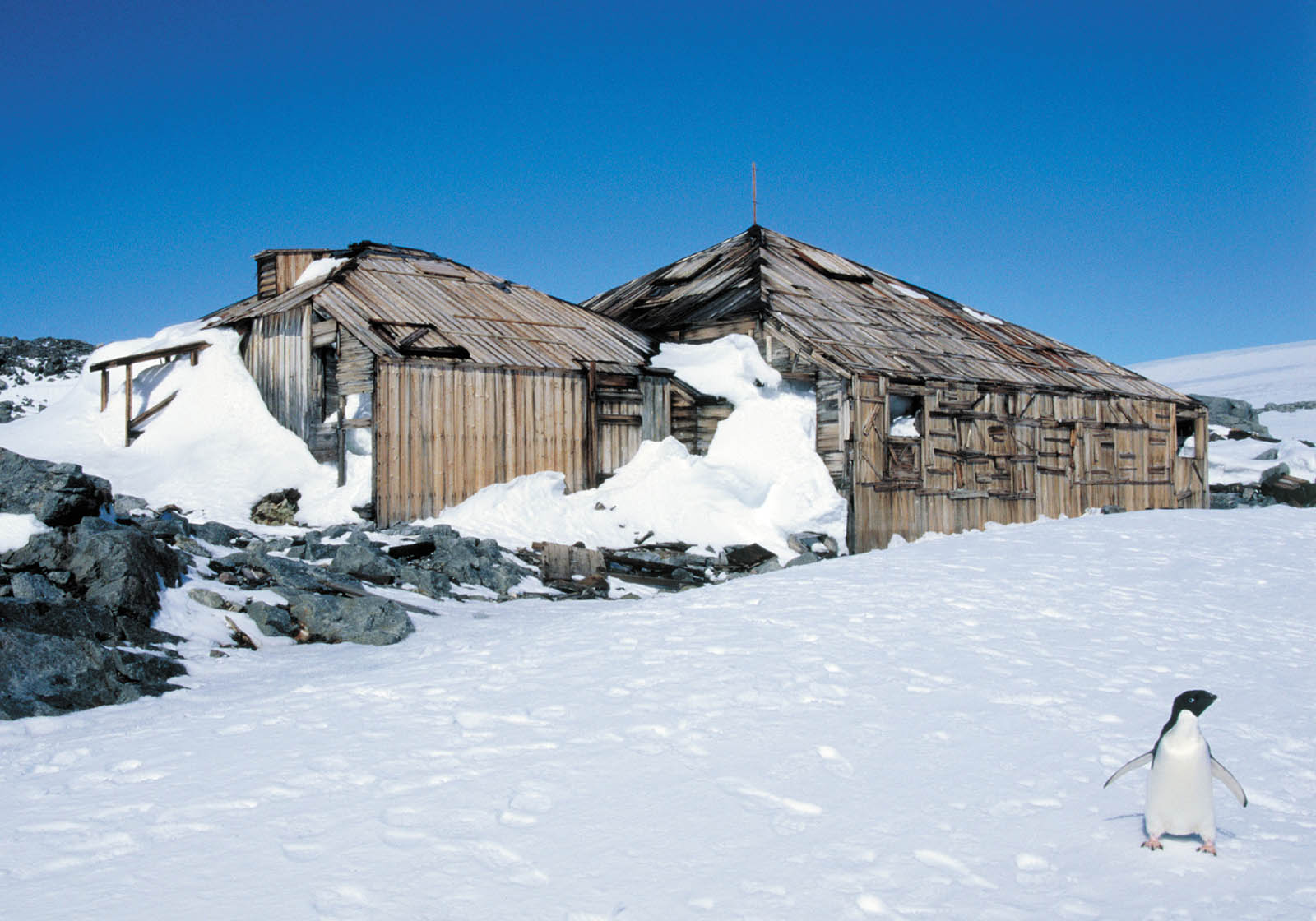- Jul 2, 2018
- 3,279

|
Overview |
The Department of the Environment is the Australian Government ministry charged with responsibility for developing and implementing national policy, programs and legislation to protect and conserve Australia's environment and heritage. The stated aims of the department are to achieve the protection and conservation of the environment; to ensure that Australia benefits from meteorological and related sciences and services; and to see that Australia's interests in Antarctica are advanced. The portfolio also includes government agencies such as the Australian Antarctic Division, Parks Australia, the Great Barrier Reef Marine Park Authority, the Bureau of Meteorology, the Murray-Darling Basin Authority and the Climate Change Authority. It also includes various councils, offices and trusts such as the Australian Heritage Council, the National Environment Protection Council, the Commonwealth Environmental Water Holder, the Natural Heritage Trust, the Sydney Harbour Federation Trust and the Inspector-General of Water Compliance. The functions of the department are broadly classified into the following matters as laid out in an Administrative Arrangements Order:
|
Last edited:






